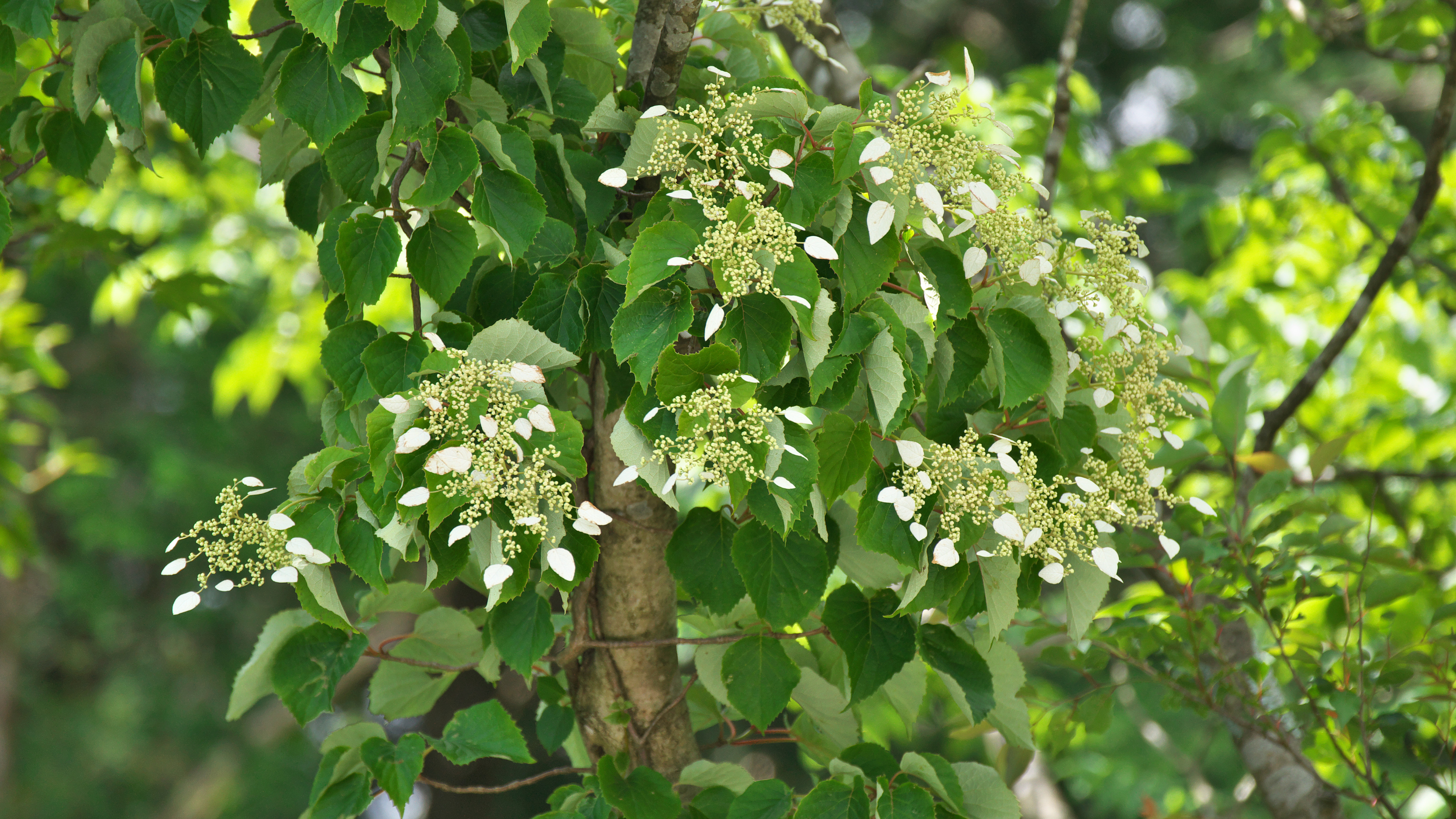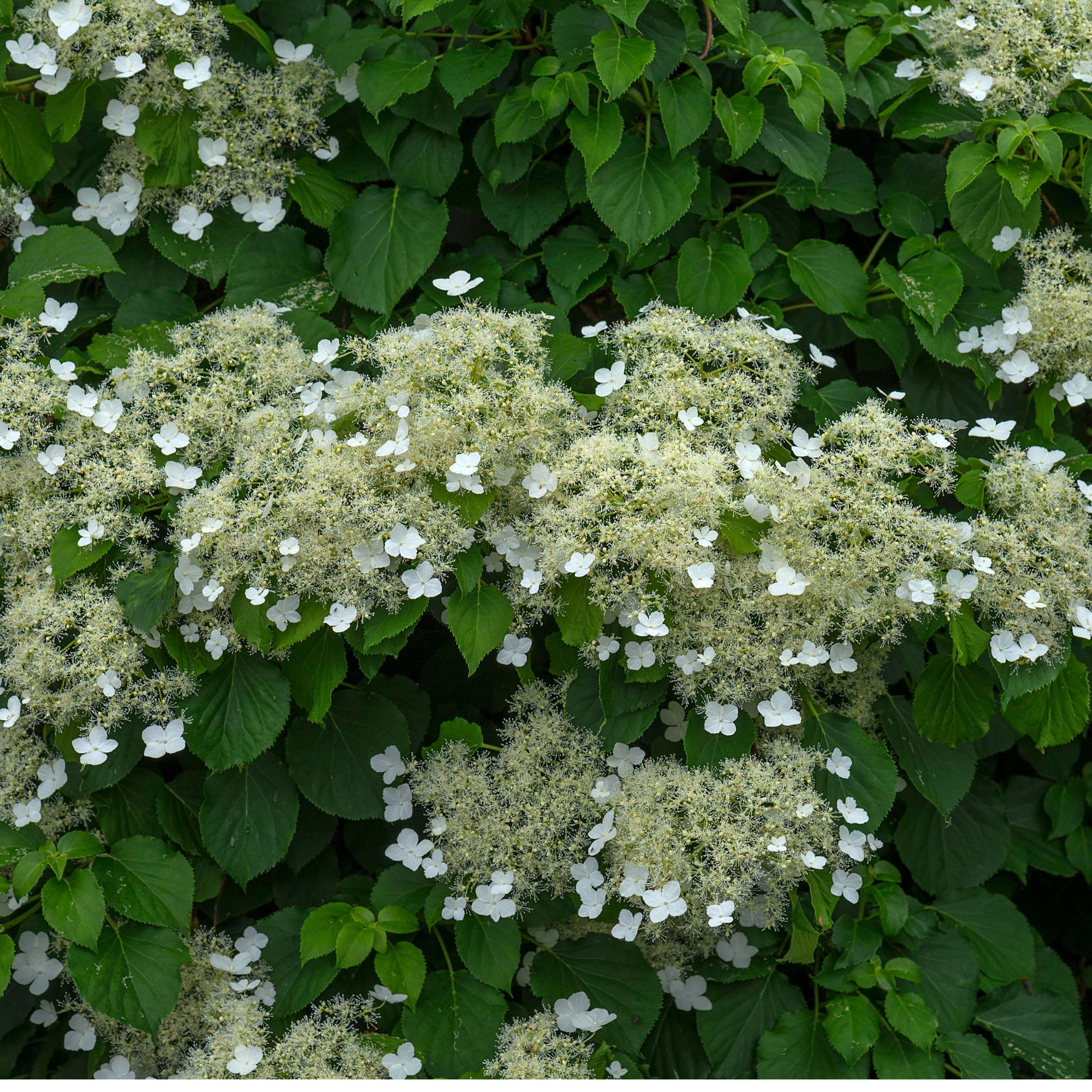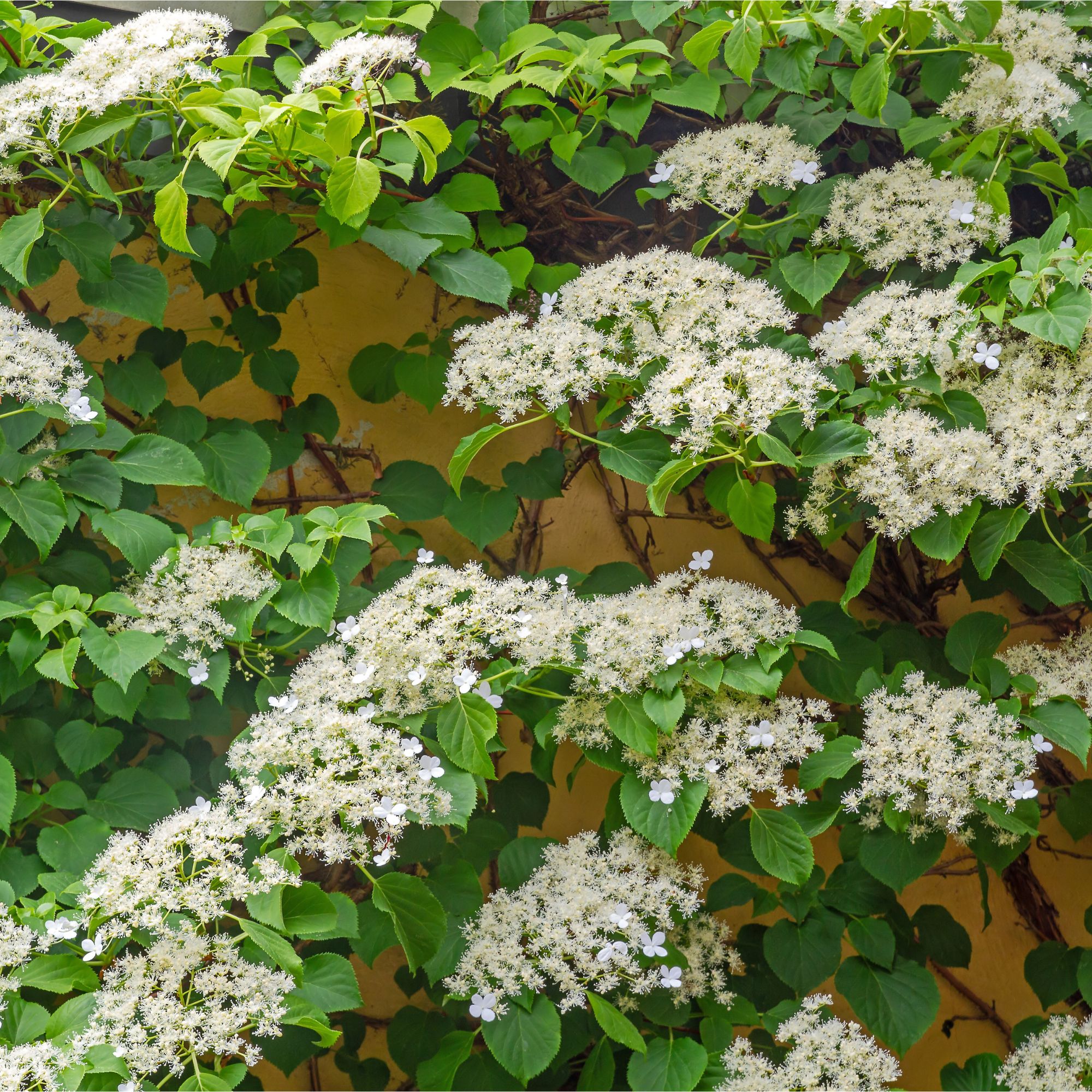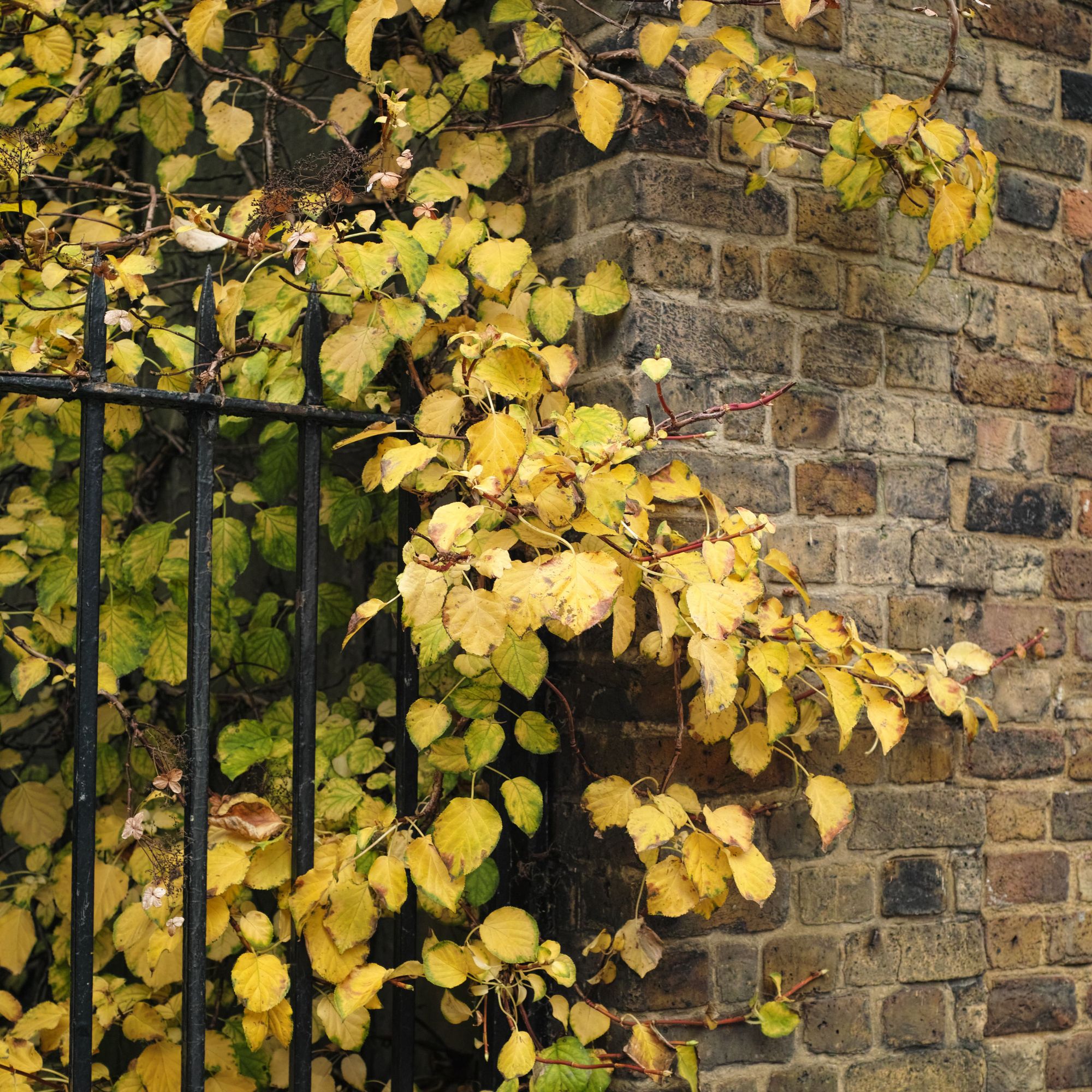How to grow climbing hydrangeas – the best ways to plant, train and prune for years of beautiful flowers
A different way to grow hydrangeas...


If you’re hoping to combine a climber with a garden shrub staple, it’s about time you learned how to grow climbing hydrangeas.
In fact, climbing hydrangeas are one of the best climbing plants for pots and borders, and they'll produce a screen of beautiful blooms and dense foliage if you care for them properly. They’re slow starters, but once established, they’ll cover a wall or fence in no time.
If you're keen to learn how to grow climbing hydrangeas, you'll find everything you need to know in this guide, from choosing your plant to pruning it.
What you'll need
- A climbing hydrangea plant, like Hydrangea anomala subsp. petiolaris from Crocus
- Organic matter, like Westland's Gro-Sure Farmyard Manure from Amazon
- Some mulch, like RocketGro Peat-Free Magic Mulch from Amazon
- Garden string, like this jute twine from Amazon
- A pair of trusty secateurs, like the Spear & Jackson Razorsharp Advantage Medium Bypass Secateurs from B&Q
1. Choosing your climbing hydrangea

There are a few different species of climbing hydrangea, but the most popular is Hydrangea anomala subsp. petiolaris, which is a favourite at the National Trust’s Avebury Manor in Wiltshire.
‘We have a lovely climbing hydrangea (Hydrangea anomala subsp. petiolaris) growing on an east-facing wall in the Topiary Garden at Avebury,’ says head gardener Garry Mumford. ‘This is a slow-growing, woody wall shrub that grows between one and two feet per year.
‘Younger specimens can take several years to establish, but once they do, they will flower every year if pruned correctly.’
Other climbing hydrangea species include Hydrangea seemannii and Hydrangea serratifolia, which are both evergreen but less hardy than Hydrangea anomala subsp. petiolaris.
Sign up to our newsletter for style inspiration, real homes, project and garden advice and shopping know-how
Where to buy climbing hydrangeas:
- Thompson & Morgan: Pick up a Hydrangea seemannii plant for delicate lacecap flowers.
- Gardening Express: Or, opt for the ever-popular Hydrangea petiolaris.
2. Picking a growing site

Climbing hydrangeas are one of the best climbing plants for shade – they thrive in partially shaded spots, but can tolerate a sunnier site if you don’t let them dry out.
‘With its glossy, heart-shaped leaves and delicate white lace-cap flowers in summer, climbing hydrangeas like Hydrangea seemannii add elegance to any shady wall,’ says David Fryer, head of technical at Mr Fothergill’s.
Climbing hydrangeas also appreciate moist soil, but make sure it’s well-drained, too. It’s a good idea to improve the soil with organic matter like Westland's Gro-Sure Farmyard Manure from Amazon before planting. Speaking of which…
3. Planting and support

Much like the guidelines around when to plant hydrangeas, you can plant potted hydrangeas throughout the year, as long as the ground isn’t frozen or dry. Spring and autumn generally give the roots the best grounds for establishment, though.
It’s also important to set up your plant support system prior to planting, to avoid disturbing the roots later on.
‘Angle the plant towards the support when planting to make it easier to direct the stems,’ advises Liam Cleary, garden retail director at Old Railway Line Garden Centre.
Then, you’ll need to train the plant as it grows.
‘When tying the plant to the support, use loose twine or string so you don’t strangle the plant,’ says Liam. ‘You’ll have to train it for the first few years until it’s able to cling on its own.
'The plant’s aerial roots help it cling, and these benefit from being hydrated, so keep them moisturised to encourage clinging.’
4. Watering and feeding

Like other young plants, climbing hydrangeas need frequent watering in their first few years, until they're established.
After that, you can scale it back – but if your climbing hydrangea is planted at the base of a wall or fence (and they often are), you'll need to make sure the soil doesn't dry out, especially during the summer. Mulching can be a huge help for conserving moisture.
In terms of feeding, climbing hydrangeas are pretty self-sufficient if you enrich the planting area with organic matter before planting. A little fertiliser can be beneficial for newly-planted climbing hydrangeas, though, like Vitax Q4 All Purpose Plant Food from B&Q.
5. Keeping up with pruning

Figuring out when to prune climbing hydrangeas, and how, is one of the most important steps in learning how to grow climbing hydrangeas.
‘Pruning Hydrangea anomala subsp. petiolaris should be done soon after flowering has finished to allow emerging stems to grow, mature, and flower the following year,’ says Garry from Avebury Manor.
‘Pruning back old flowering stems might appear daunting but, without pruning, the plant will lose its vigour and become unsightly over time. Be brave!’
Pruning is key if you want to control your plant’s spread. ‘On house walls, it can grow into guttering, so keep an eye on it,’ says Thompson & Morgan’s horticultural expert, Annelise Brilli.
‘Plenty of emerging growth lies underneath the old flowering stems, and increased availability of light will ensure these young stems will grow to flowering maturity,’ Garry adds.
FAQs
How quickly does a climbing hydrangea grow?
It depends on how established it is. Young plants start slow and won’t flower for the first few years, but you’ll need to keep mature climbing hydrangeas in check by pruning them.
‘As with many climbers, these plants don’t flower until the first three to five years, so it takes a lot of patience to achieve the look you want – but persistence will be rewarded,’ says Liam from Old Railway Line Garden Centre.
Can climbing hydrangeas grow in pots?
Yes! In fact, climbing hydrangeas are among the best climbing plants for an urban courtyard garden. You’ll just need to choose a big enough container to accommodate all of the roots (and then some), and make sure there’s enough drainage to prevent waterlogging.
Will you be learning how to grow climbing hydrangeas this year?

Sophie joined the Ideal Home team as Gardens Editor in June 2024. After studying English at Royal Holloway, University of London, she began writing for Grow Your Own, which spurred on her love of gardening. She's tried growing almost every vegetable under the sun, and has a soft spot for roses and dinnerplate dahlias.
As Gardens Editor, Sophie's always on the lookout for the latest garden trend. She loves sharing growing hacks for every space, from herbaceous borders to balconies.
You must confirm your public display name before commenting
Please logout and then login again, you will then be prompted to enter your display name.